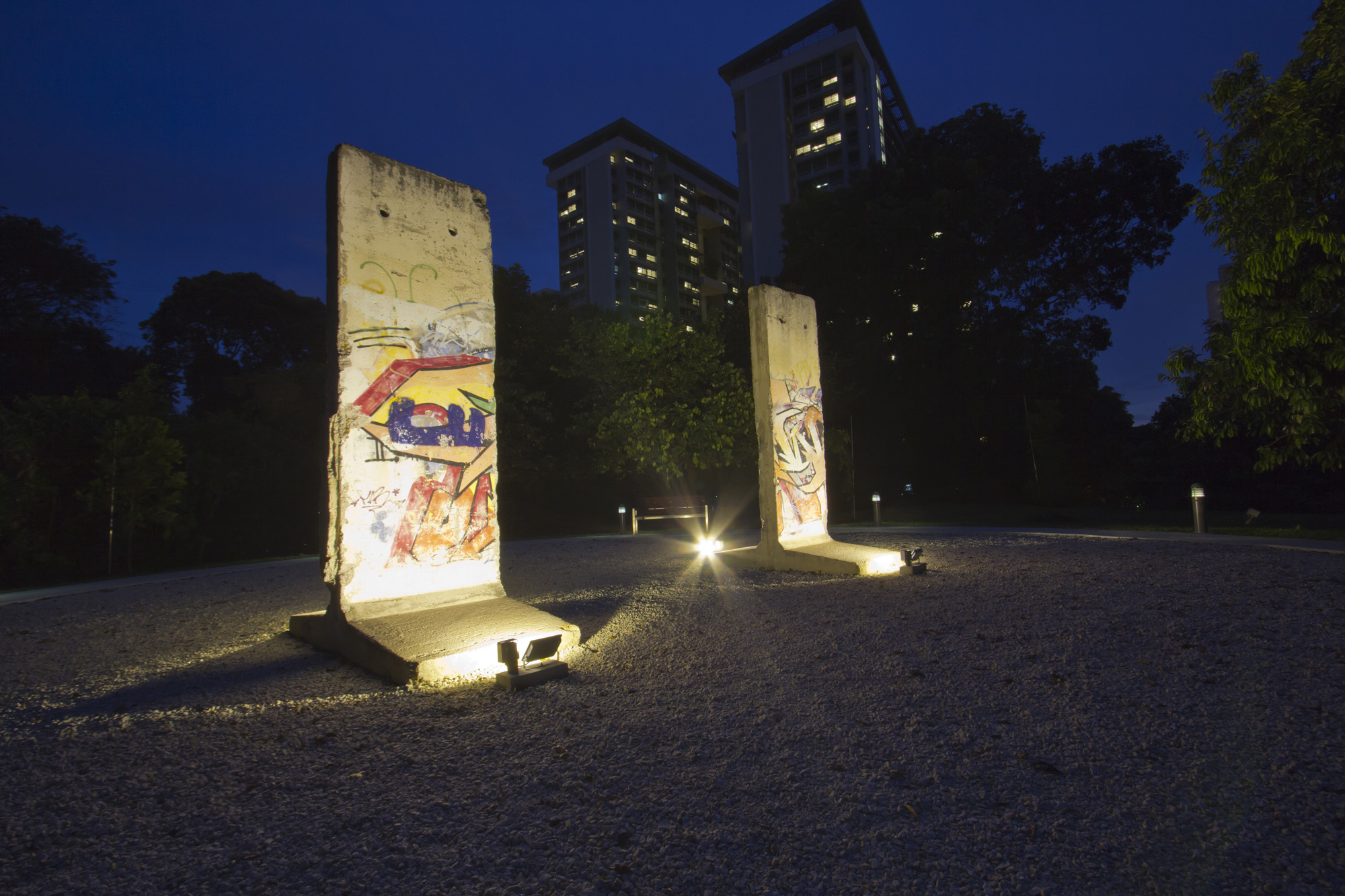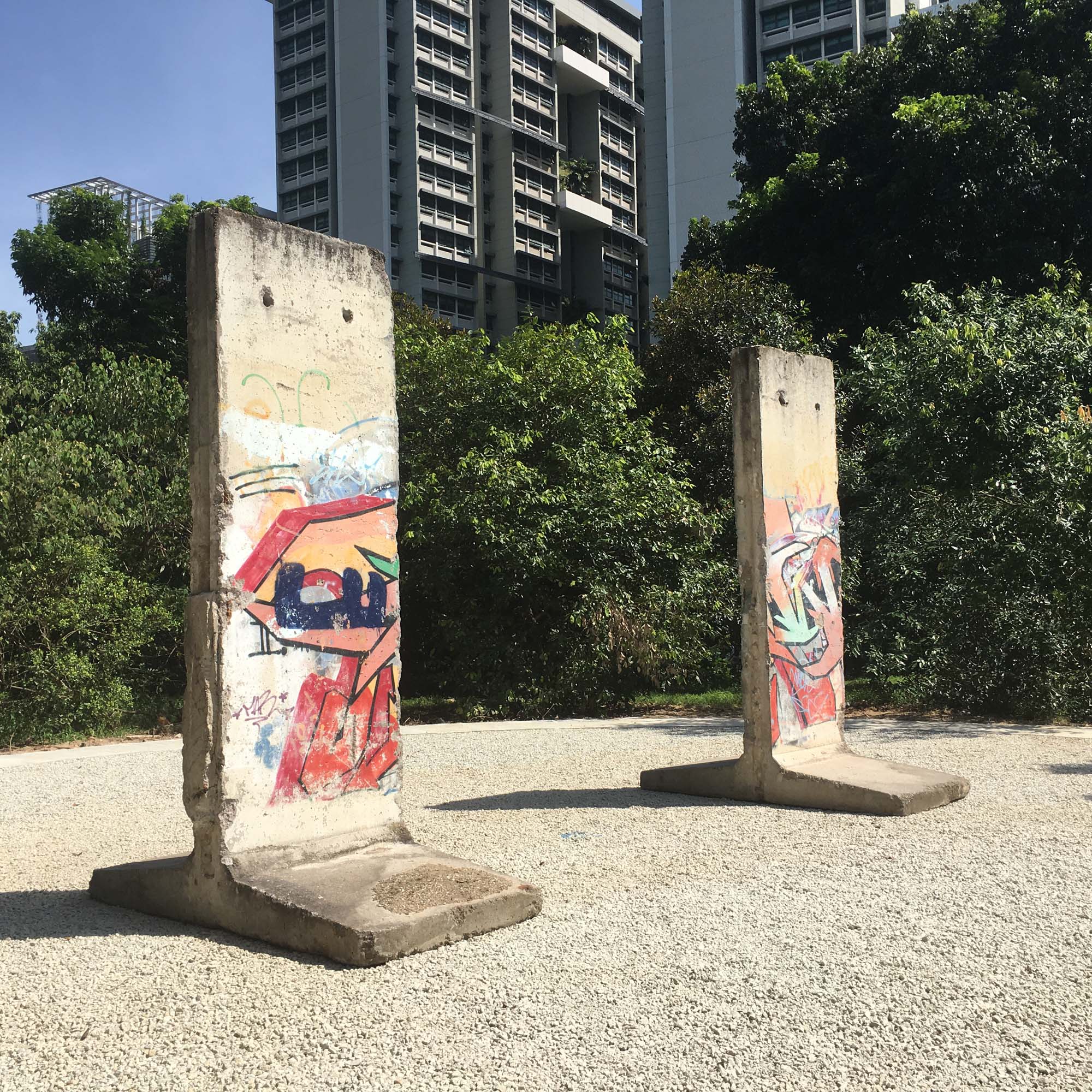In the game of nations, size matters. Big countries tend to have big populations, economies, militaries, resources and ambitions. From time immemorial, big countries have tended to dominate small countries. Even in the contemporary world, important institutions such as the UN Security Council, Group of Seven (G7), Group of Twenty (G20) are dominated by big countries.
It would, however, be a mistake to equate size with success. Some of the most successful countries in the world, in different fields of endeavour, are small countries. This fact is seldom highlighted. What I would like to do in this essay is to restore some balance to our perception of small countries. I will give examples of small countries, which have overcome the disadvantage of size and achieved extraordinary success.
Richest Countries: 14 out of top 20
Since we live in a world which worships money, let me begin by asking who are the richest countries in the world. I will use GDP per capita as the criterion and define a small country as one with a population of less than 10 million.
The 20 richest countries of the world are:
(i) Luxembourg (small country) US$101,450
(ii) Switzerland (small country) US$ 80,215
(iii) Norway (small country) US$ 74,734
(iv) Qatar (small country) US$ 74,667
(v) Australia (big country) US$ 56,327
(vi) USA (big country) US$ 55,836
(vii) Singapore (small country) US$ 52,888
(viii) Denmark (small country) US$ 52,002
(ix) Ireland (small country) US$ 51,289
(x) Sweden (small country) US$ 50,272
(xi) Iceland (small country) US$ 50,173
(xii) Netherlands (big country) S$ 44,433
(xiii) UK (big country) US$ 43,734
(xiv) Austria (small country) US$ 43,438
(xv) Canada (big country) US$ 43,248
(xvi) Finland (small country) US$ 41,920
(xvii) Germany (big country) US$ 41,219
(xviii) UAE (small country) US$ 40,438
(xix) Belgium (small country) US$ 40,231
(xx) New Zealand (small country) US$ 37,808
The astonishing fact is that, of the world’s 20 richest countries, a majority of them, 14 out of 20, are small countries.
Human Development Index: 12 out of top 20
I acknowledge the validity of the view that GDP per capita may not be the best criterion of human welfare. Many prefer the UN’s Human Development Index, which also looks at a country’s achievements in education, health, housing, gender equity, etc.
Which are the top 20 countries in the Human Development Index (2014)? They are: Norway, Australia, Switzerland, Denmark, Netherlands, Germany, Ireland, USA, Canada, New Zealand, Singapore, Liechtenstein, Sweden, UK, Iceland, South Korea, Israel, Luxembourg, Japan and Belgium. Of the 20, 12 are small countries. As a matter of interest, I would mention that China is ranked at no. 90, Indonesia at no. 110 and India at no. 130.
Least Corrupt Countries: 13 out of 20
Corruption is an universal evil. It is the aspiration of citizens everywhere to live in a society which is free of corruption. The Non-Governmental Organization, Transparency International, publishes the highly respected Corruption Perceptions Index annually.
Which are the 20 least corrupt countries in the 2015 Index? They are: Denmark, Finland, Sweden, New Zealand, Netherlands, Norway, Switzerland, Singapore, Canada, Germany, Luxembourg, UK, Australia, Iceland, Belgium, Austria, USA, Ireland, Japan and Uruguay. 13 of the 20 are small countries. India, China and Indonesia are raked at 76, 83 and 88 respectively.
Gender Equality: 14 out of top 20
Women have fought the longest battle for equality with men. Although women have made enormous progress in the last 50 years, the progress has been uneven. In some countries and in some cultures, women are still treated as second class citizens. We must continue the fight until women throughout the world achieve equality and all glass ceilings have been broken.
The UN Development Report contains the Gender Inequality Index. Which are the top 20 countries in the 2016 index for gender equality? They are: Slovenia, Switzerland, Germany, Denmark, Austria, Sweden, Netherlands, Belgium, Norway, Italy, Finland, Iceland, France, Singapore, Czech Republic, Spain, Luxembourg, Israel, Australia and Portugal. 14 of the 20 are small countries.
Best Educated Countries: 8 out of 11
In this new world, human resource is a country’s most important resource. Countries do well when they educate and train their people well. The World Economic Forum has just published the list of the 11 best educated countries in the world. The countries are ranked in the following order: (1) Singapore (2) Finland (3) Netherlands (4) Switzerland (5) Belgium (6) Denmark (7) Norway (8) USA (9) Australia (10) New Zealand (11) Iceland. 8 of the 11 are small countries.
A Hypothesis
A pattern seems to be emerging from these facts and figures. Some small countries are extremely successful because they are well governed (non-corrupt), pro-women (high gender equality) and pro-inclusive growth (high score on Human Development Index). I would add two more factors to account for their success. The first is that they have educated and trained their population well. The second is that they are open economies, with an outward orientation and are highly globalised.
Success in Competitive Sports
I will conclude my essay with some observations on the success of some small countries in competitive sports. The Olympic Games is the apex of competitive sports. I was watching the Rio Olympic Games. I was not surprised that USA, Britain and China won the most gold medal. I was, however, surprised at how well some small countries did in Rio.
I was impressed that Jamaica, with a population of 2.7 million, won 6 gold medals and a total of 11 medals in track and field, Usain Bolt, the fastest man in the world, is a Jamaican. Croatia, with a population of 4.2 million, won 5 gold medals and a total of 10 medals. New Zealand, with a population of 4.5 million, won 4 gold medals and a total of 18 medals. Fiji, with a population of only 880,000 defeated Britain for the gold medal in rugby!
Our own national hero, Joseph Scholling, defeated 3 world champions from the United States, South Africa and the Czech Republic, to win the gold medal in the hotly contested 100 metres Butterfly. The moral of the story is that small countries can produce world champions. Small countries can defeat big countries in sports, as Fiji did to Britain in rugby in Rio or Iceland did to England in football in the Euro Cup. Iceland’s population is even smaller than that of Fiji. There are only 332,000 people in Iceland.
We live in a world where size does matter. It would, however, be a mistake to equate size with success. Some of the world’s most successful countries are small countries. We therefore need not have an inferiority complex because we are small. If we work hard and we work smart, we can out-perform the big countries.
. . . . . . . .





